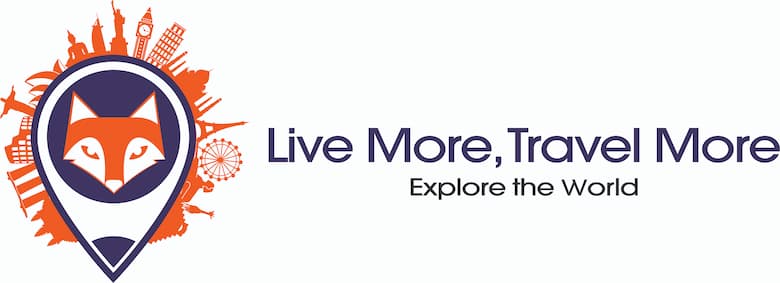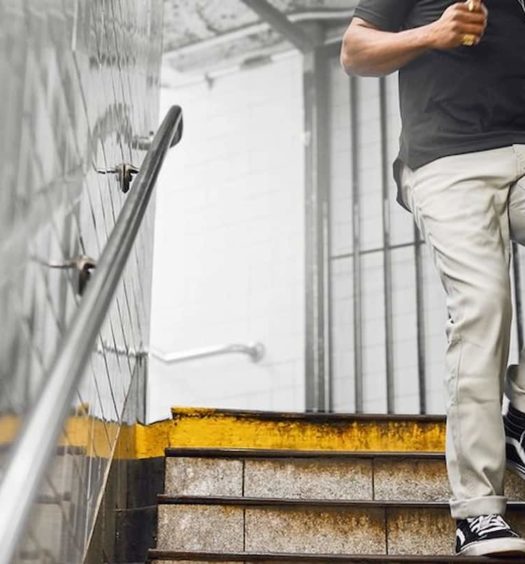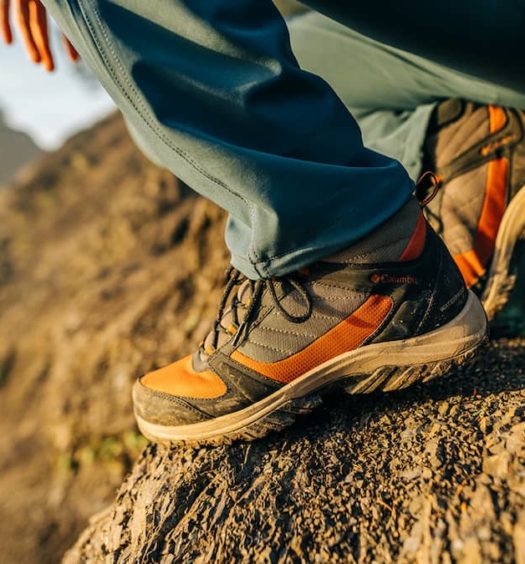Accessible Travel: A need of mine, yours, ours!
here, you will find tips for accessible lodging, transportation, activities and tours.
The topic of accessible tourism has never been widely discussed among travelers, and I personally only became closer to it when I met Suelen Almeida. She is a wheelchair user who does not let her physical limitations hinder her goals and dreams.
In this article, we will explain what accessible tourism is, discuss accessible tourism in Brazil and around the world, talk about accessible accommodation and transportation, and share some tips from Suelen to make life easier for those in need of more information to travel the world and overcome the challenges posed by certain limitations.
And for any reason, just because you do not have a disability you think that this post is not for you; I have to say you are mistaken!
People are living longer and longer, and older people also need accessible tourism. Therefore, you, me, and all our acquaintances need to learn about this topic and seek out companies that work with inclusion so that we can continue our lives as travelers.
In this article, you will find:
What is accessible tourism and who is it for?
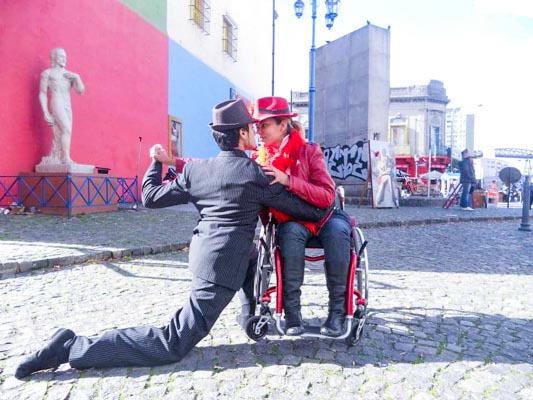
Accessible tourism, also known as adapted or inclusive tourism, aims to include people with different disabilities or functional needs in the tourist products and services offered in the market, such as hospitality, attractions, and transportation.
People with physical, visual, auditory, or intellectual limitations, with reduced mobility, and even pregnant women, older people, and people with higher body weight.
Accessible tourism in Brazil
Brazil is still in its infancy when it comes to adapted tourism, but some cities that stand out for their infrastructure or adapted activities are São Paulo, Socorro, Brotas, Rio de Janeiro, Curitiba, Bonito MS, Balneário Camboriú, and Fortaleza.
Accessible tourism in the world
North America and Europe are the continents with the most inclusive cities, such as Montreal in Canada, New York in the United States, Barcelona in Spain, and Berlin in Germany.
Accommodation with accessibility
Still, to promote adapted tourism, accommodations need to offer certain items, such as:
- Adequate and accessible bathroom facilities
- Braille information
- Visual, auditory, and tactile signaling
- Access ramps
- Elevator
- Telephone for the hearing-impaired
- Wheelchair-accessible circulation areas
Suelen, who is the founder of Viaje Com Acessibilidade (“Travel with Accessibility”), recommends the use of some websites and apps such as Airbnb, Booking, and Couchsurfing.
Accessibility on transportation and at tourist attractions
In Suelen’s case, who uses a motorized or manual wheelchair, the essential items are:
- Accessible taxi/van
- Adapted car with a large trunk to carry the wheelchair
- Bus with a lift
- Convenience stores or bus stops with accessibility features
- Special assistance from the airline to access the aircraft
- Accessibility on ships for cruises
- Disability identification card
- Accessible bathrooms
For air travel, Suelen emphasizes that airlines special assistance requests must be made at least 48 hours in advance. She reminds us that if you need a companion on your travels, you can get an 80% discount on their ticket. She teaches how to get this discount in her course, and our followers get 10% off with the LMTM10 code.
For road transportation, if you cannot find the information needed on the company’s website, just contact their customer service.
When it comes to public transportation or tourist attractions, seek information about the type of accessibility you need on public agency websites, such as:
- Urban Mobility Secretariat
- Municipal Government
- Secretary of Culture
- NGOs
Additional tips from Suelen Almeida
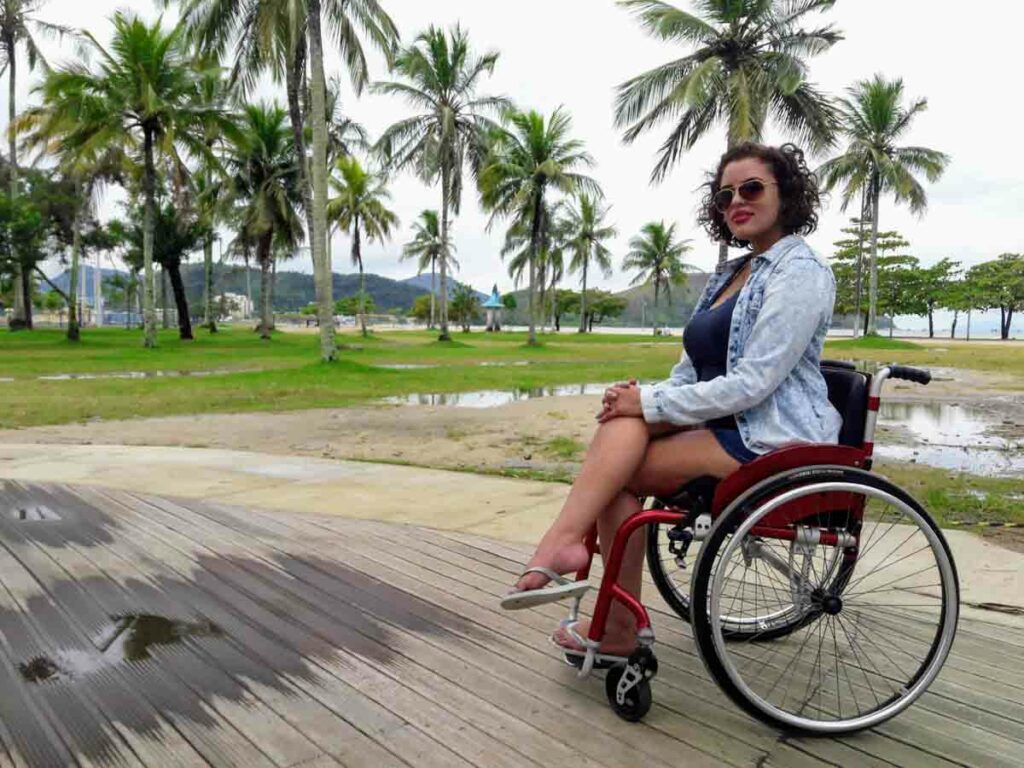
1) Know yourself
Know what you (or the traveler who needs accessibility) really like and what minimal accessible resources are needed to fully enjoy the trip.
2) Make lists
Make a wish list with the places you want to visit in order of preference.
After that, list the essential items in terms of accessibility for the trip.
3) Research
According to Suelen, this is the most difficult part because often, a place may claim to be accessible, but when you look more deeply into it, you find out that it’s not really.
Contact the lodging facility, tour operator, agency, tourist attraction, and explain in a clear way what you need to access the location with autonomy and safety.
Ask for photos of the place, question the size of the bathroom, and clarify any doubts before leaving home.
4) Be patient and accessible
Most people want to welcome travelers with disabilities, but it’s necessary to “show” what can be done to make it happen smoothly.
According to Suelen, it takes some effort, but it’s worth showing that it’s possible to host people with disabilities or reduced mobility without it being something surreal.
“Demystifying is part of it, and it’s beautiful to contribute to it,” says the traveler.
5) Be flexible, and at the same time, allow yourself
Visiting a certain place that is on the wish list won’t always be simple.
It’s necessary to study all the details carefully and weigh them to understand if the effort is worth it, but it should be clear that, in some cases, it is indeed.
The question is to plan ahead on a higher level of detail and consider alternatives.
We will encounter challenges in travel, whether we are tourists with disabilities or not. What we should try to avoid, in my opinion, is depriving ourselves of traveling because of the fear of the unknown.
Check out the full article where Suelen shares her tips in more detail.
How to travel with accessibility
Do you have any tips related to this topic? Are you now facing any difficulties when traveling and would like to comment? Are there any important tips for you that haven’t been mentioned? Leave them here in the comments =)
Read too:
- Traveler’s medicine: Tips for maintaining your health during travel.
- Conscious Tourism: 8 tips on how to practice conscious tourism
- Wildlife Tourism: The impact of selfies with wild animals and 8 tips for ethical tourism with animals.
